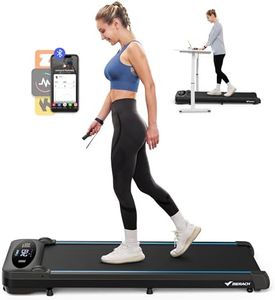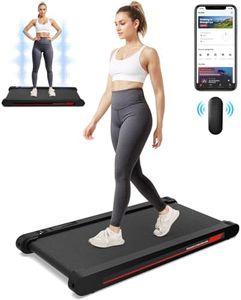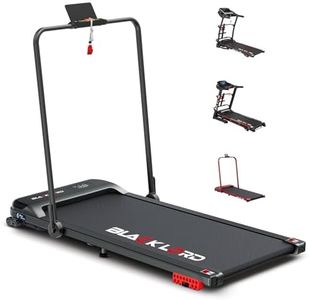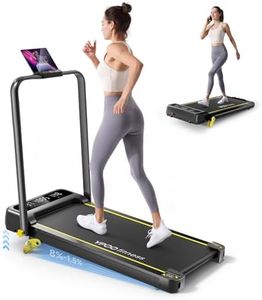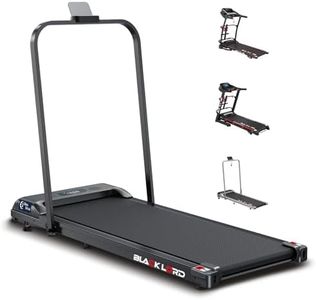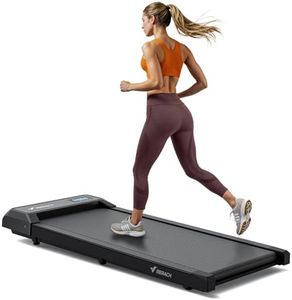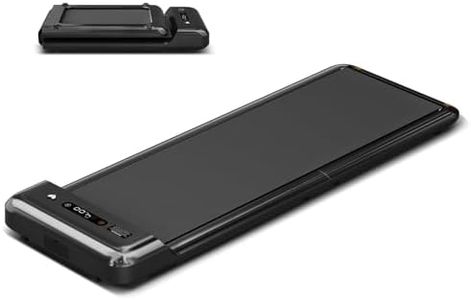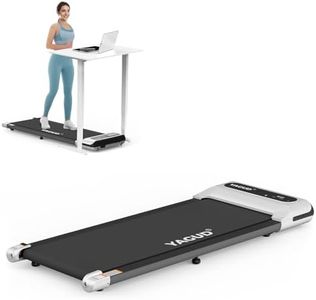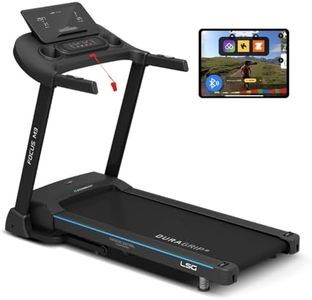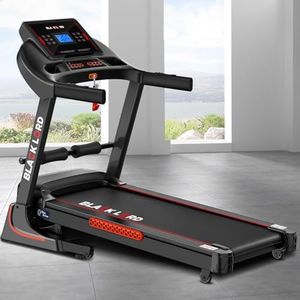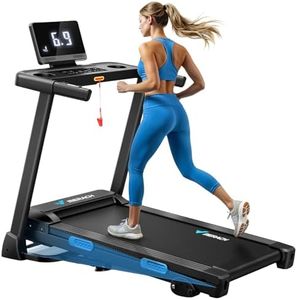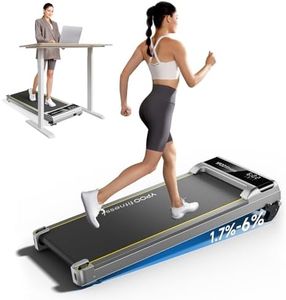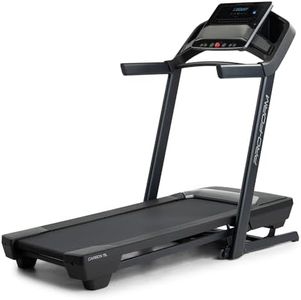We Use CookiesWe use cookies to enhance the security, performance,
functionality and for analytical and promotional activities. By continuing to browse this site you
are agreeing to our privacy policy
10 Best Affordable Treadmills
From leading brands and best sellers available on the web.Buying Guide for the Best Affordable Treadmills
When shopping for an affordable treadmill, it’s important to think about more than just price. You want a machine that’s not only within your budget, but also fits your space, supports your weight, and provides the right features for your exercise style. Look for treadmills that offer a good balance between sturdiness, ease of use, and the functions you value most. A little research into the specifications will help you choose one that is reliable and suits your needs, so you can enjoy your workouts safely and comfortably.Motor Power (Horsepower or HP)The motor power of a treadmill, often shown as horsepower (HP), determines how smoothly and reliably the treadmill runs—especially during longer or more intense workouts. Lower-powered motors (under 2.0 HP) are generally best for walking or light jogging, and are more common in compact or lightweight treadmills. Mid-range motors (2.0–2.5 HP) are suitable for regular jogging, while higher-powered motors (2.5 HP and above) can handle running and heavier users. If you're mainly walking or using the treadmill sparingly, a lower HP is fine. If you plan on running or using it often, look for a stronger motor to ensure longevity and steady performance.
Running Surface SizeThe size of the running surface (or belt) is important for both comfort and safety. Smaller surfaces (under 45 inches long) are ideal for walking or users with shorter strides, while larger surfaces (50 inches or more in length) provide more room for jogging or running, especially for taller people. If you have a naturally long stride or want the flexibility to run, pick a treadmill with a wider and longer belt. For casual walking or limited space, a smaller surface may be all you need.
Maximum User Weight CapacityThis specification tells you how much weight the treadmill can safely support. Treadmills generally offer capacities between 200 and 350 pounds. If you are close to the upper range of a treadmill's weight limit, the machine may wear out faster. It’s a good rule to choose a treadmill with a capacity at least 15–20% higher than your own weight for better durability and smoother operation.
Speed RangeThe speed range indicates the minimum and maximum speeds you can select. Most affordable treadmills go from around 0.5 mph up to between 7 and 10 mph. Walkers and light joggers can do well with models that top out around 7 or 8 mph, while faster runners should look for options that offer higher speeds. Consider your own fitness goals and typical workout intensity when checking this spec.
Incline OptionsMany treadmills let you adjust the incline, either manually or automatically, to increase the intensity of your workout. Some entry-level models may offer no incline or require you to physically adjust the deck, while more advanced affordable models might include electronic incline options up to 10% or 12%. If you want more challenging workouts or to better simulate outdoor walking/running, consider treadmills with adjustable incline features.
Foldable DesignThe option to fold your treadmill can be very helpful if you have limited space. Some treadmills feature easy-to-fold designs, making storage simple between workouts. If you live in an apartment or use a multi-purpose room, a foldable treadmill lets you free up valuable floor space when it's not in use.
Display Console and ProgramsThe display console shows information such as speed, distance, time, and calories burned. Some basic models have very simple displays, while others might include a variety of preset workout programs. Think about what motivates you—do you like using guided workouts, tracking your stats, or just setting a time and going? Choose a treadmill that provides the level of feedback and variety you find helpful.
